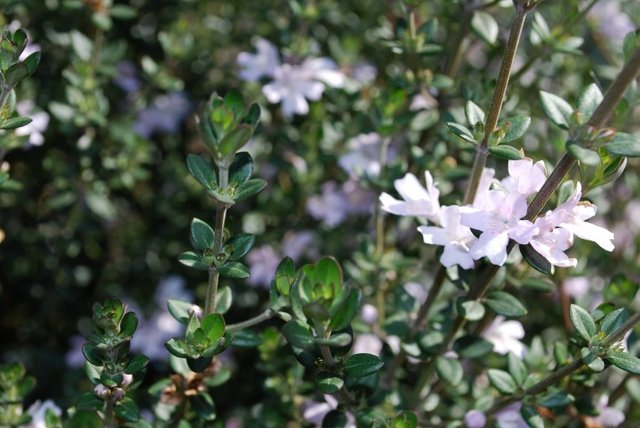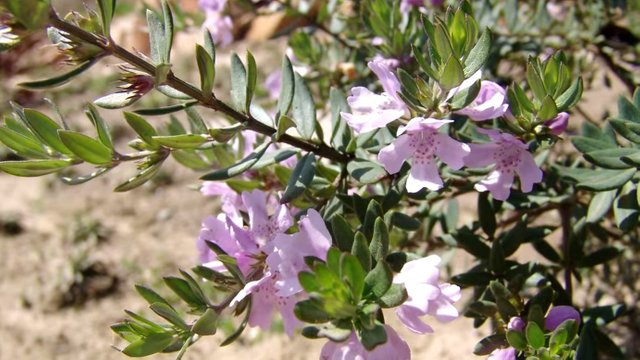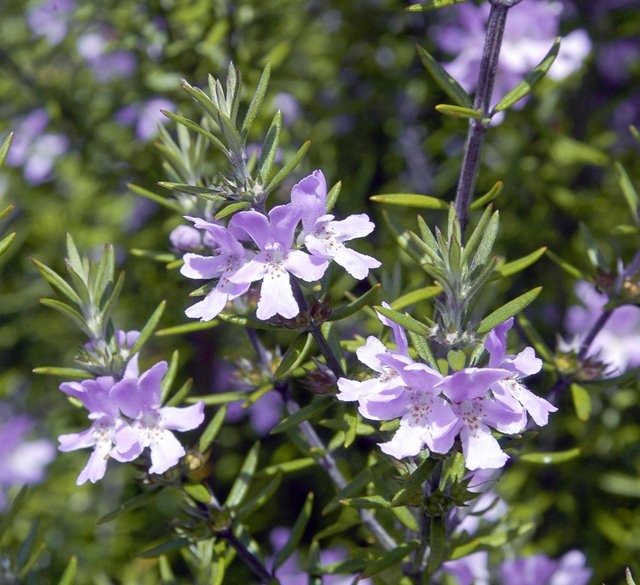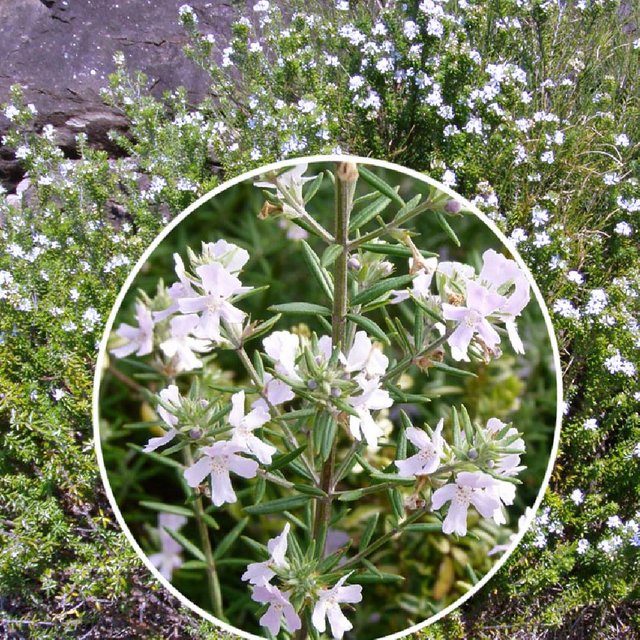RE: Westringia, the tough little Aussie.
Westringia Plant
Westringia 'Edna'

Source
Plants of the Westringia variety are another highly versatile Australian native that suits a wide variety of uses ranging from expansive groundcover, to colourful formal hedges, box gardens, retaining walls or as an ornamental shrub.
Westringia will retain a healthy bushy appearance for many years without developing the woody appearance that spoils some groundcover plants.
Westringia fruticosa 'Naringa'

Source
The westringia varieties feature dense, fast-growing foliage with delicate mauve, blue-purple or white flowers with contrasting red or brown spots near the throat of each flower. The grey to deep green leaves form attractive whorls around the stem.
Westringia usually flower prolifically, often throughout the year, and also respond well to pruning.
Westringia 'Wynayabbie Gem'

Source
The popular Westringia owes its common names, ‘native rosemary’ or ‘coastal rosemary’, more to the shape of its leaves than any distinctive aroma. The leaves are often covered with an attractive contrasting grey or white velvety sheen.
Westringias are part of the mint family (Lamiaceae) but neither the leaves nor the flowers have a strong aroma.
Westringia 'Fructicosa'

Source
The name westringia is a reference to the 19th century Swedish lichen authority and royal physician, Johan Peter Westring.